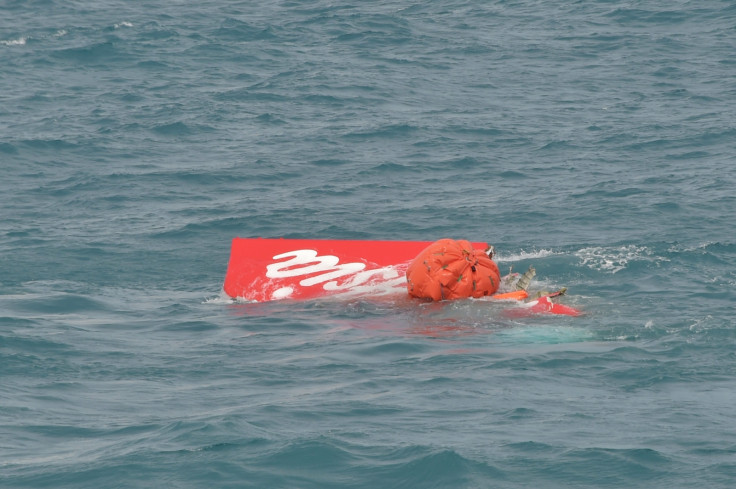AirAsia disaster: Climate change links to turbulence may throw light, say experts

While the black box just recovered will throw light on the AirAsia flight 8501 tragedy, experts are studying possible connections between climate change and turbulence.
The CEO of the flight operator Tony Fernandes has added climate change to a list of possible reasons causing the flight to crash into the Java Sea in December.
According to experts, build-up of ice on the body of aircraft can lead to erroneous reading of data on board. Engines can ingest large volumes of ice particles affecting their operation.
However, the intense thunderstorm activity in the region at the time of the crash, with floods in Malaysia and Thailand, has led to speculation on the role of climate change.
While thunderstorms are a significant hazard for aircraft, experienced aircraft know how to fly around them. Pilots fly through cloudy conditions but avoid the most hazardous "convective cells".
A rule of thumb often used is to avoid storms by about 37 km.
However, the turbulence in the main body of a storm can see upward winds exceed 100 km per hour moving straight upwards, says Todd Lane, Associate Professor, School of Earth Sciences at University of Melbourne, writing in The Conversation.
Much like in an ocean, waves in the atmosphere can break above and around thunderstorms in the clear air around a storm, making storm margins hazardous as well.
Clear-air turbulence is especially difficult to avoid, because it cannot be seen by pilots or detected by satellites or on-board radar. Clear-air turbulence has been linked to atmospheric jet streams, which are projected to be strengthened by anthropogenic climate change.
This is especially so in the transatlantic flight corridor
While studies have been made on turbulence associated with jet streams projected by future climate models over the Atlantic, very few studies have examined climate- induced turbulence in the tropics.
Research shows significant increase in precipitation in the tropics in a warmer world. But there's only an indirect link between precipitation intensity and the hazards at high altitudes where aircraft fly, says Lane.
© Copyright IBTimes 2024. All rights reserved.






